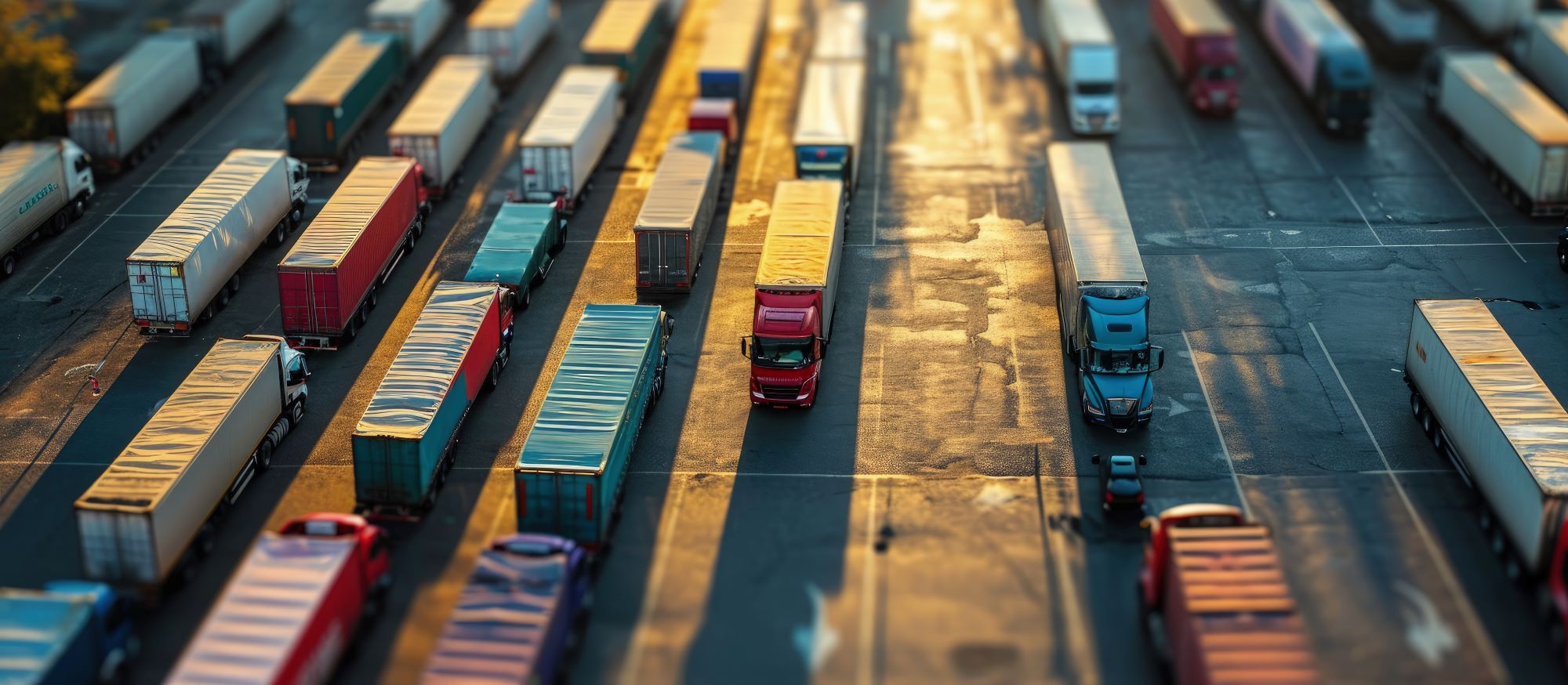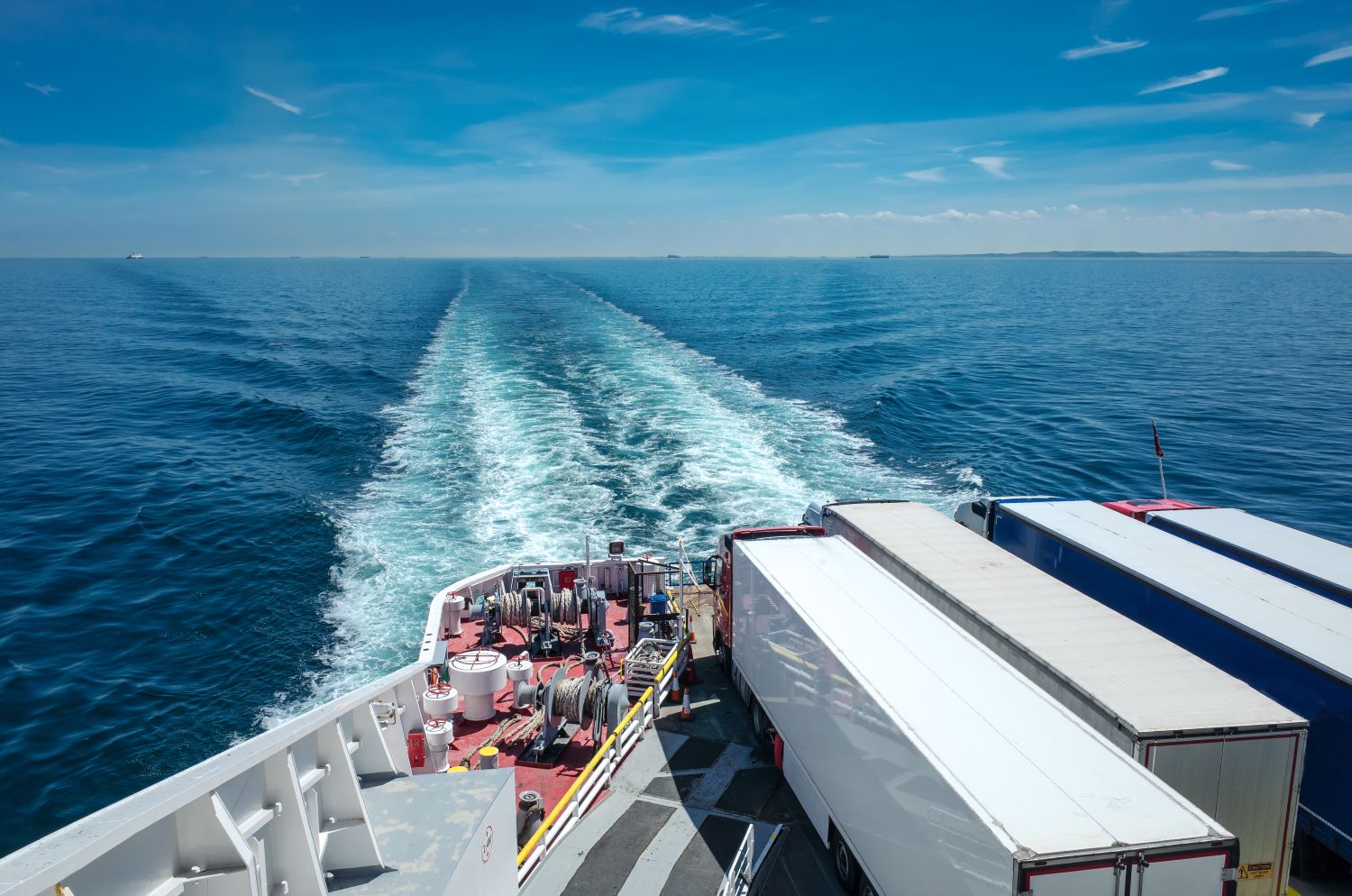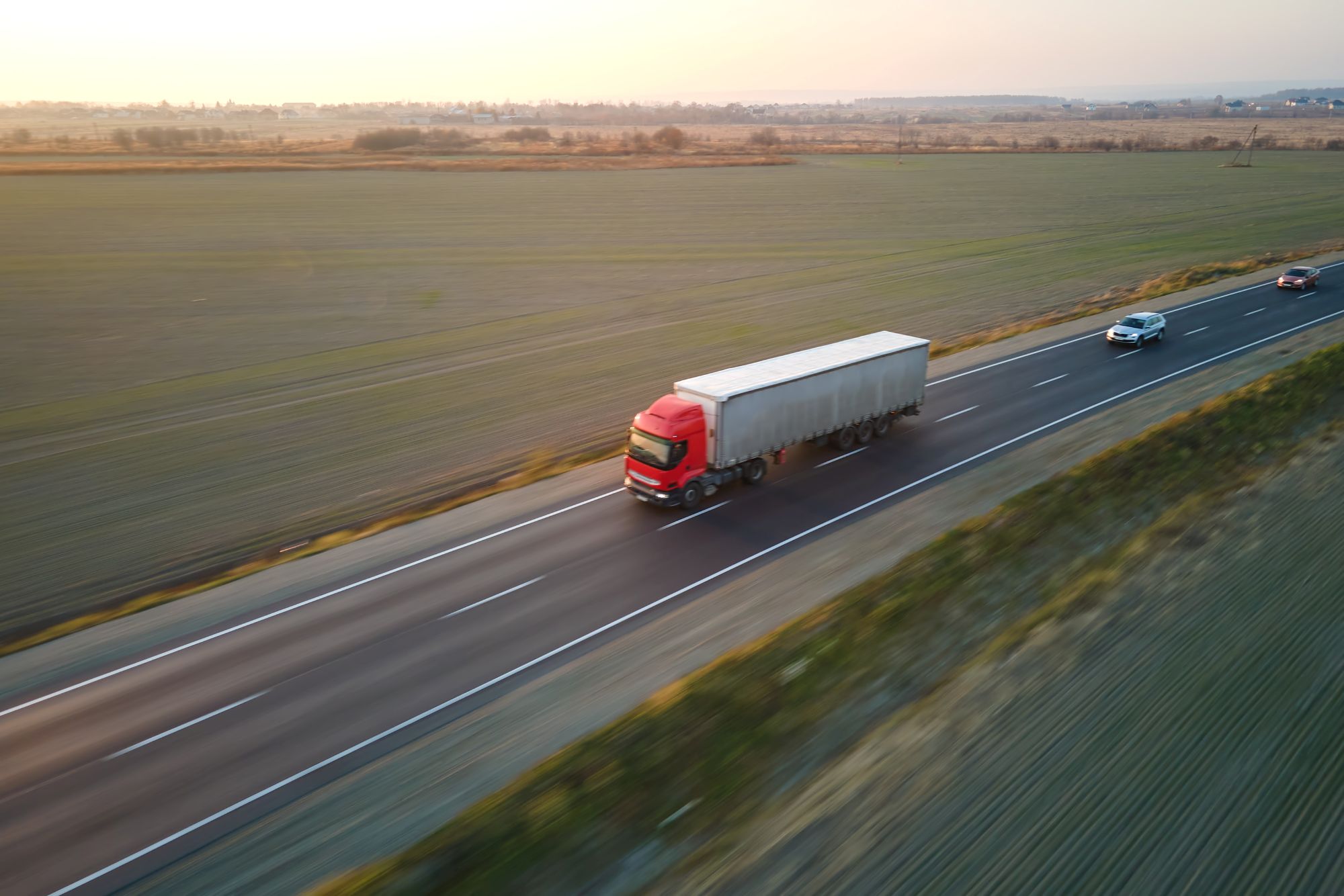
Susie Jones
Alles, was Sie über das EU-Einreise-/Ausreisesystem wissen müssen
Erstellt: 14.10.2024
•
Aktualisiert: 14.10.2024
Die EU wird das Einreise-/Ausreisesystem (EES) einführen, dessen Einführung für November geplant war, aber aufgrund von Bedenken verschoben wurde. Das EES wird die Anforderungen für britische Staatsangehörige, die in den Schengen-Raum reisen, ändern - jeder, der einen britischen Reisepass besitzt, muss biometrische Daten wie Fingerabdrücke oder ein Foto registrieren. Das EES wird das manuelle Abstempeln der Pässe bei der Einreise in die EU ersetzen. Wir haben alles zusammengetragen, was Sie im Vorfeld der Änderung wissen müssen.
Was verlangt das EES von den Reisenden?
Jedes Land, das das EES nutzt, verlangt von den Reisenden die folgenden Informationen:
Ort der Ein- und Ausreise
Datum der Ein- und Ausreise
Reisedokumente.
Was sind die Vorteile?
Die EES bietet die folgenden Vorteile:
Sie modernisiert den Grenzschutz an den EU-Außengrenzen und verbessert den Komfort für Reisende.
Das EES bekämpft Identitätsbetrug durch die Erfassung biometrischer Daten.
Es kann Overstayer identifizieren und liefert zuverlässig Daten über Einreisen, Ausreisen und Verweigerungen.
Verbesserte Grenzkontrollen, elektronische Aufzeichnungen und biometrische Daten werden die Sicherheit innerhalb der EU erhöhen.
Es ermöglicht den Informationsaustausch in Echtzeit, so dass die Grenzbehörden in der gesamten EU die richtigen Informationen zur richtigen Zeit einsehen können.
Was sind die Bedenken?
Langfristig wird das neue EES die Abläufe straffen und Reisenden aus Nicht-EU-Ländern zugute kommen. Allerdings gibt es einige Bedenken gegen das neue System:
Mindestens drei EU-Länder sind nicht vollständig auf den Start vorbereitet.
Einige Länder sind möglicherweise nicht in der Lage, das fortschrittliche biometrische System einzuführen.
Im Hafen von Dover - einem der verkehrsreichsten Grenzübergänge des Vereinigten Königreichs - wurde das System nicht ordnungsgemäß getestet.
Der erste Start könnte zu Verzögerungen an den Grenzkontrollstellen führen.
Weitere Verzögerungen beim offiziellen Start der EBS könnten mehrere dieser Bedenken ausräumen.
Britische Lkw-Fahrer haben ihre Besorgnis über die Beschränkung auf 90 von 180 Schengen-Tagen geäußert - die Aufrechterhaltung eines regulären Geschäftsbetriebs innerhalb der EU könnte eine Herausforderung darstellen. Fuhrparkunternehmen mit Fahrern aus Nicht-EU-Ländern könnten mit Reisebeschränkungen oder Geldstrafen rechnen, wenn die Grenze überschritten wird.
Wie können sich Fuhrparks und Fahrer vorbereiten?
Es gibt nicht viel, was Flotten und Fahrer tun können, um sich auf das neue System vorzubereiten - das meiste davon wird persönlich im Hafen geschehen. Flotten und Fahrer können jedoch die folgenden Maßnahmen ergreifen, um einen reibungslosen Übergang zu gewährleisten:
Vergewissern Sie sich bei der Reisebuchung, dass Sie alle erforderlichen Informationen haben, bevor Sie zum Hafen fahren.
Sie sollten wissen, was Sie bei Ihrer Ankunft erwartet - aufgrund praktischer Unterschiede ist der Ablauf an verschiedenen Orten unterschiedlich.
Planen Sie genügend Zeit für die Erledigung der Formalitäten vor Reiseantritt ein - insbesondere, wenn Sie kurz vor Reiseantritt reisen.

Welche Länder werden die EES nutzen?
Die folgenden Länder werden die EES nutzen:
Belgien, Bulgarien, Dänemark, Deutschland, Estland, Finnland, Frankreich, Griechenland, Island, Italien, Kroatien, Lettland, Liechtenstein, Litauen, Luxemburg, Malta, Niederlande, Norwegen, Österreich, Polen, Portugal, Rumänien, Schweden, Schweiz, Slowakei, Slowenien, Spanien, Tschechien und Ungarn.
Wann gilt die EBS nicht?
Für die neue EBS gibt es mehrere Ausnahmen:
Staatsangehörige der Länder, die die EBS nutzen (einschließlich Zypern und Irland).
Nicht-EU-Bürger, die mit einem EU-Bürger unmittelbar verwandt sind. Sie müssen im Besitz einer Aufenthaltskarte sein.
Jeder Nicht-EU-Bürger, der eine Aufenthaltskarte oder einen Aufenthaltstitel besitzt, der mit einem Nicht-EU-Bürger unmittelbar verwandt ist, kann wie ein EU-Bürger durch ganz Europa reisen.
Bürger mit einer Aufenthaltsgenehmigung oder einem Visum für den längerfristigen Aufenthalt.
Staatsangehörige von Andorra, Monaco und San Marino.
Personen mit einem vom Staat Vatikanstadt oder vom Heiligen Stuhl ausgestellten Reisepass.
Personen, die von den Grenzkontrollen ausgenommen sind (wie Staatsoberhäupter oder Grenzgänger)
Bürger, die im Besitz einer gültigen Grenzübertrittsgenehmigung für den kleinen Grenzverkehr sind.
Personal von Personen- und Güterzügen auf internationalen Anschlussfahrten.
Personen, die nicht verpflichtet sind, die Außengrenzen ausschließlich an den Grenzübergangsstellen während der festgelegten Öffnungszeiten zu überschreiten.
Was passiert, wenn ich meine Daten nicht angebe?
Wenn Sie die erforderlichen personenbezogenen Daten nicht angeben, wird Ihnen die Einreise in EU-Länder, die das EES nutzen, verweigert. Für Fuhrparkunternehmen könnte dies zu Einkommensverlusten führen, wenn ihre Fahrer die entsprechenden Angaben nicht machen.
Brauche ich für das neue EES einen biometrischen Pass?
Im neuen EES werden sowohl biometrische als auch nicht-biometrische Pässe akzeptiert. Automatisierte Systeme für den Grenzübertritt erfordern einen biometrischen Reisepass.



